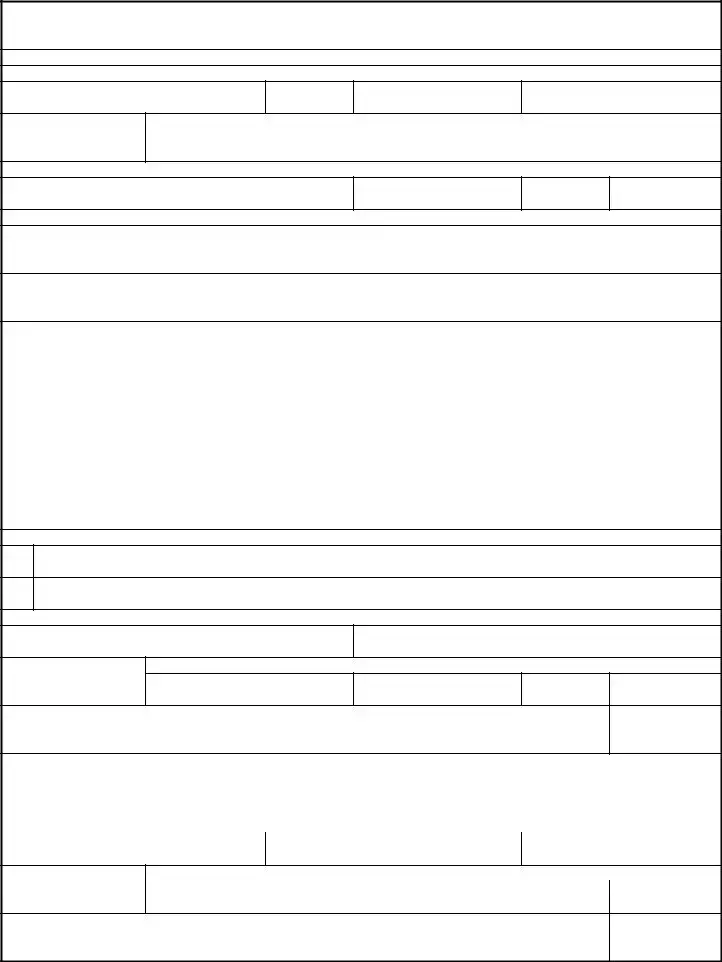SECTION IV - REMARKS
PRIVACY ACT STATEMENT
AUTHORITY: 10 U.S.C. Sections 261, 516, 651, 716, 3013, 5013, 8013, 12104, 12105, 12106, 12107, 12208, 12213, 12214, and 12645; 32 U.S.C. Section 323; and DoD Instruction 1205.05, Transfer of Service Members Between Reserve and Regular Components of the Military Services.
PRINCIPAL PURPOSE(S): To document coordination and concurrence of one Military Service for discharge and accession to another Military Service.
ROUTINE USE(S): None.
DISCLOSURE: Voluntary; however, failure to furnish all requested information may result in delay or denial of release from current Military Service.
INSTRUCTIONS
GENERAL INSTRUCTIONS.
When this form is not computer generated, use typewriter or dark ink for all entries. Enter all dates in YYMMDD format. Use full street address, city, state and ZIP code for addresses. Use last name, first name, and middle initial format. Use short title Service/Component names: USA,
ARNGUS, USAR, USN, USNR, USMC, USMCR, USAF, ANGUS, USAFR, USCG, USCGR.
SECTION I. Completed by recruiter and applicant.
Item 1. Enter applicant's name, pay grade, Social Security Number or Electronic Data Interchange Personal Identifier, current Service/Component, and current unit/command address.
Item 2. Enter recruiter's office address, if applicable.
Item 3. For item 3.b., complete the name of the gaining and losing components. Member signs and dates appropriate blocks.
Item 4. Recruiter, if applicable, completes 4.a. through 4.e. and sends this document to the adddress in Item 1.e.
SECTION II. Completed by applicant's unit commander or designated representative within 30 days of receipt.
Item 5. If block 5.a. is marked, enter the ending date of this conditional release. If block 5.b. is marked, indicate in Section IV, "Remarks," the reason for disapproval and return to the originator not later than the expiration date in Item 5.a.
Item 6. Enter name, title, signature and date for authorizing official. Indicate in Items 6.c. and d. the address and telephone number for returning completed Section III. Send completed Section II to the address in Item 2.
SECTION III. Completed by enlisting/appointing official within 10 days of enlistment or appointment.
Item 7. Indicate service to which applicant was enlisted/appointed.
Item 8. Completed by individual certifying enlistment/appointment action. Certifying official ensures a copy of the completed DD Form 368 and a copy of the oath are mailed to the address in Item 6.d.
SECTION IV - REMARKS.
Use as necessary. Reference each item on the form to which the remark pertains. (For example: "Item 5.b. Disapproved for the following reason:
.......")


